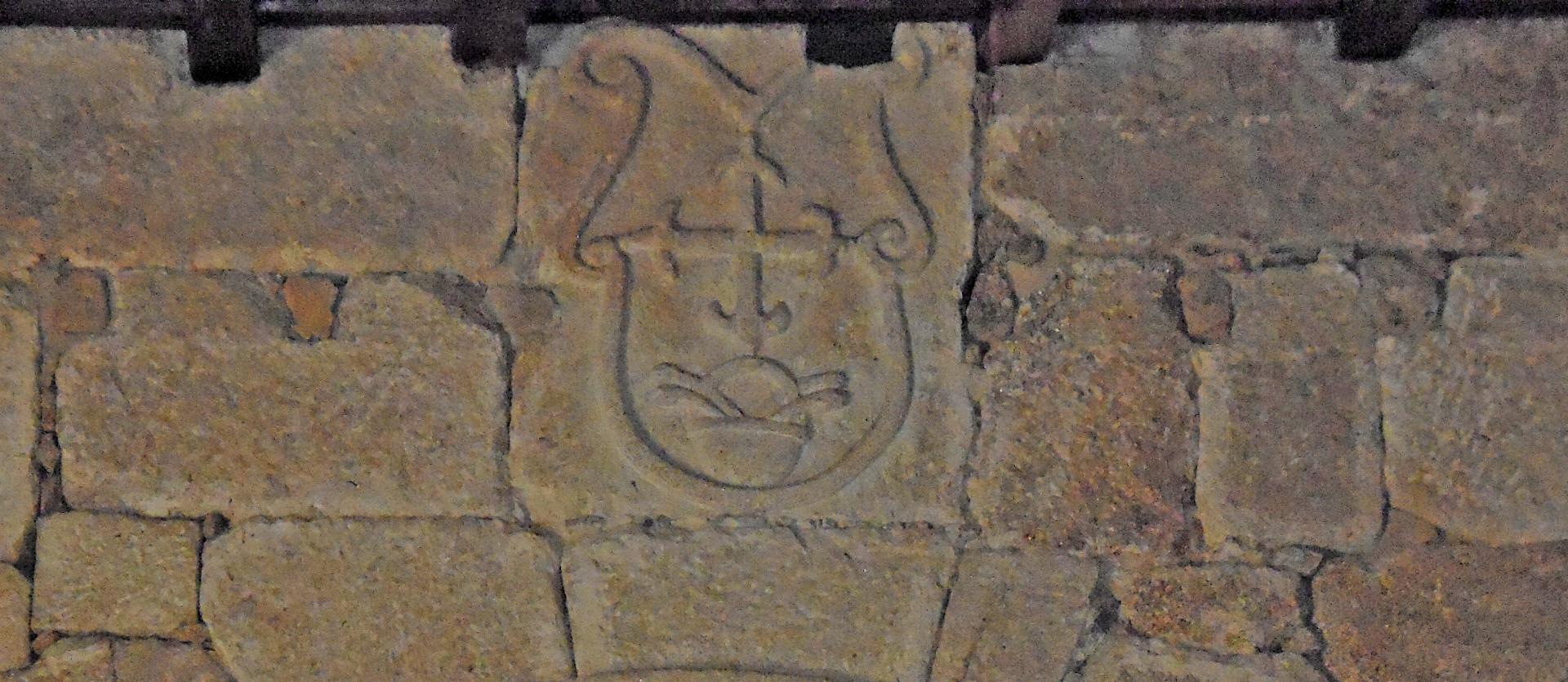
Don Pedro Enríquez successively married two sisters, Beatriz de Ribera, the first-born, and Catalina. The existence of descendants from the first marriage implied the need to create, for the descendants of the second, the signs of identity of a new lineage that was expected to break away from the main trunk: main houses in keeping with their status, the seed of the current Casa de Pilatos, and a dwelling for eternity, the Chapel of the Chapter of the Cartuja de las Cuevas.
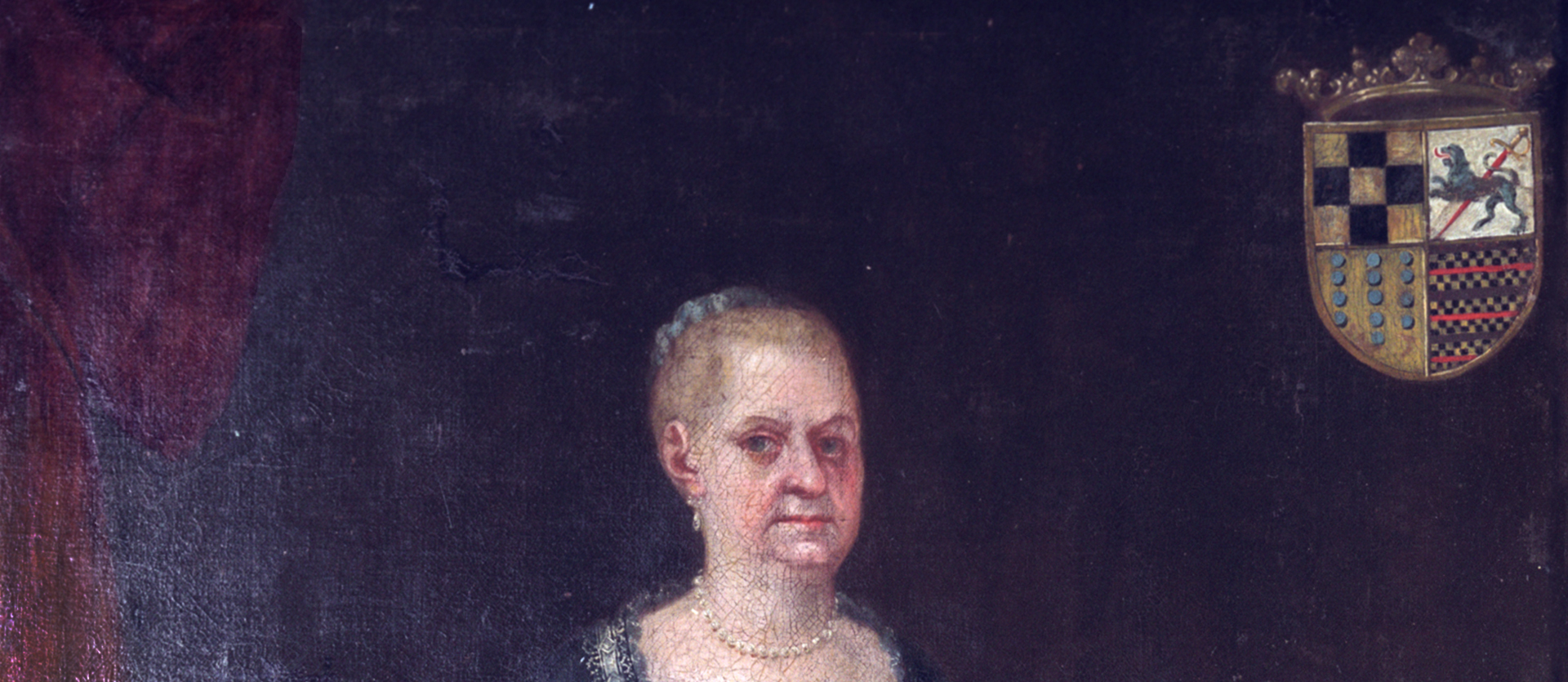
Born in 1476, he was the first-born son of the second marriage of Pedro Enriquez. In 1506 he inherited a considerable fortune from his mother, which was substantially increased when he succeeded his half-brother Francisco in the house and entailed estate of Ribera in 1509. In 1514, his lordship of Tarifa was elevated to a marquisate and between 1518 and 1520 he made a pilgrimage to Jerusalem which, by crossing Italy, exposed him to the best of the Renaissance, transforming his palace and the urban planning of Seville.

Nephew of the 1st Marquis of Tarifa, he inherited the main entailed estate of the Enriquez de Ribera family in 1539. He was created Duke of Alcalá in 1558 by King Philip II, who also appointed him to the viceroyalties of Catalonia and Naples successively. In the latter viceroyalty he became so fond of collecting antique marbles that he appears in the correspondence of the time as a buyer of antiques in the company of such renowned collectors as Cosimo de Medici and Cardinal Farnese.
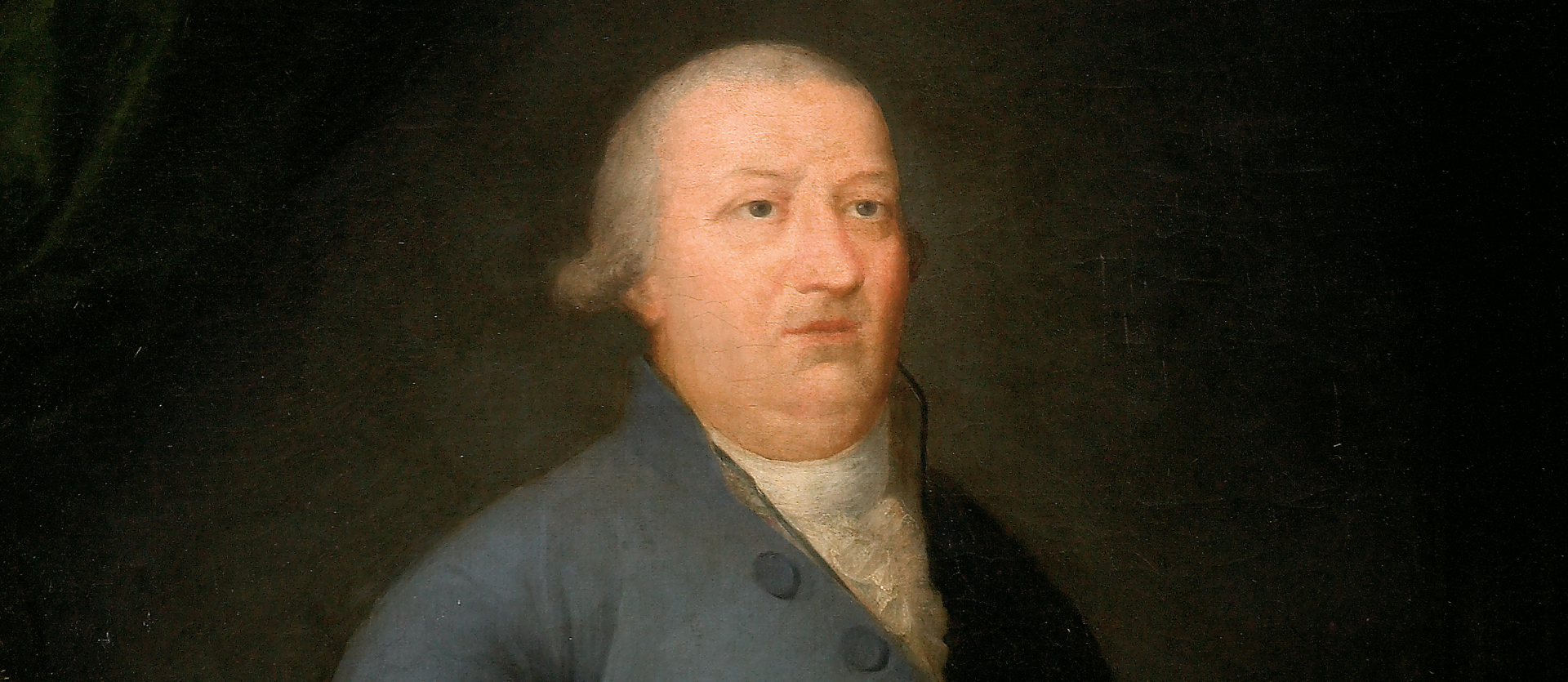
The great-nephew of the 1st Duke of Alcalá, he was born in Seville on 10 May 1583 in a family environment imbued with a cult of literature. His father was orphaned at the age of seven, but he nevertheless received a careful education and soon showed an enormous love of the humanities, which is why he surrounded himself in his Sevillian palace with the city's best humanists and, above all, with painting, of which he amassed an extraordinary collection, including the work of José de Ribera, whom he met when he was Viceroy of Naples.

Nephew of the 1st Marquis of Tarifa, he inherited the main entailed estate of the Enriquez de Ribera family in 1539. He was created Duke of Alcalá in 1558 by King Philip II, who also appointed him to the viceroyalties of Catalonia and Naples successively. In the latter viceroyalty he became so fond of collecting antique marbles that he appears in the correspondence of the time as a buyer of antiques in the company of such renowned collectors as Cosimo de Medici and Cardinal Farnese.
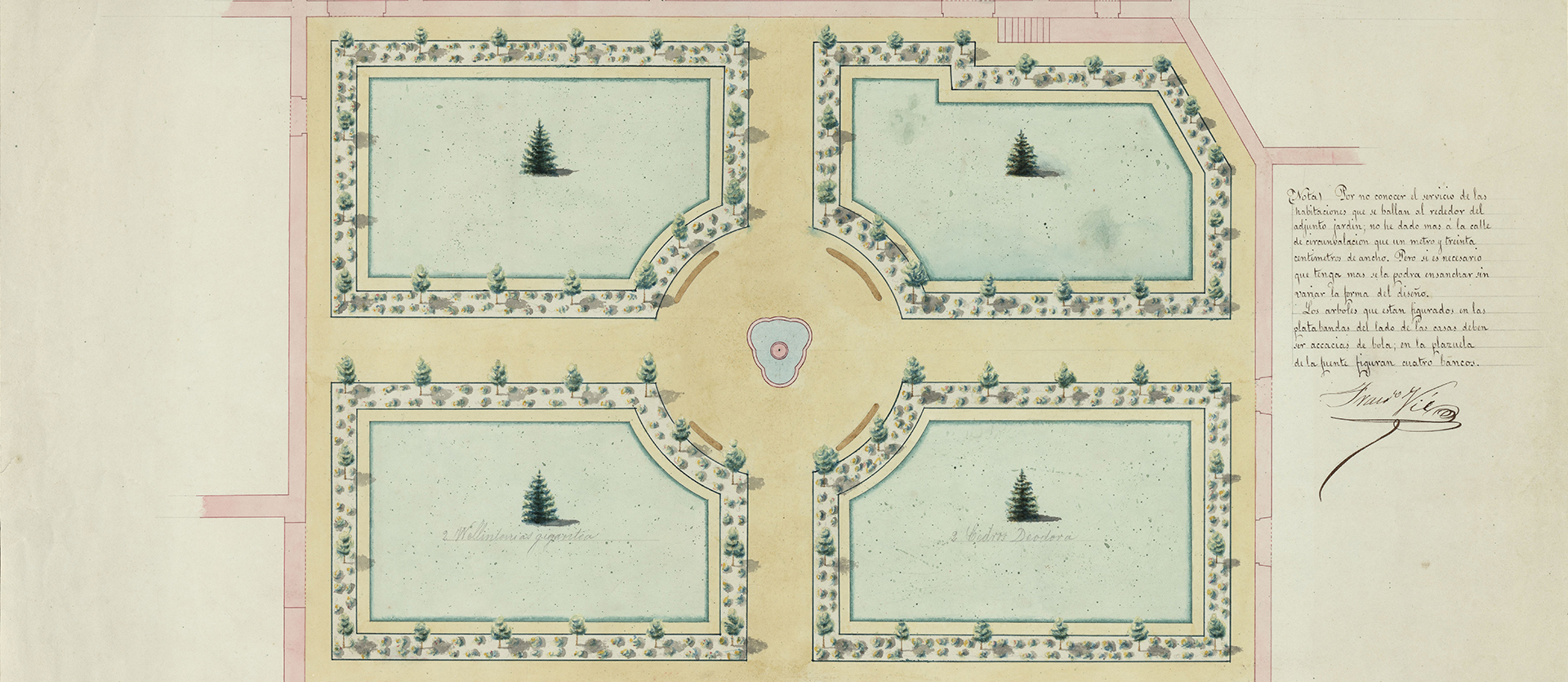
The great-nephew of the 1st Duke of Alcalá, he was born in Seville on 10 May 1583 in a family environment imbued with a cult of literature. His father was orphaned at the age of seven, but he nevertheless received a careful education and soon showed an enormous love of the humanities, which is why he surrounded himself in his Sevillian palace with the city's best humanists and, above all, with painting, of which he amassed an extraordinary collection, including the work of José de Ribera, whom he met when he was Viceroy of Naples.

A great-nephew of the 1st Duke of Alcalá, he was born in Seville on 10 May 1583 in a family environment imbued with a cult of literature. His father was orphaned at the age of seven, but he nevertheless received a careful education and soon showed an enormous fondness for the humanities, which is why he surrounded himself in his Sevillian palace with the city's best humanists and, above all, with painting, of which he amassed an extraordinary collection, including the work of José de Ribera, whom he met when he was Viceroy of Naples.
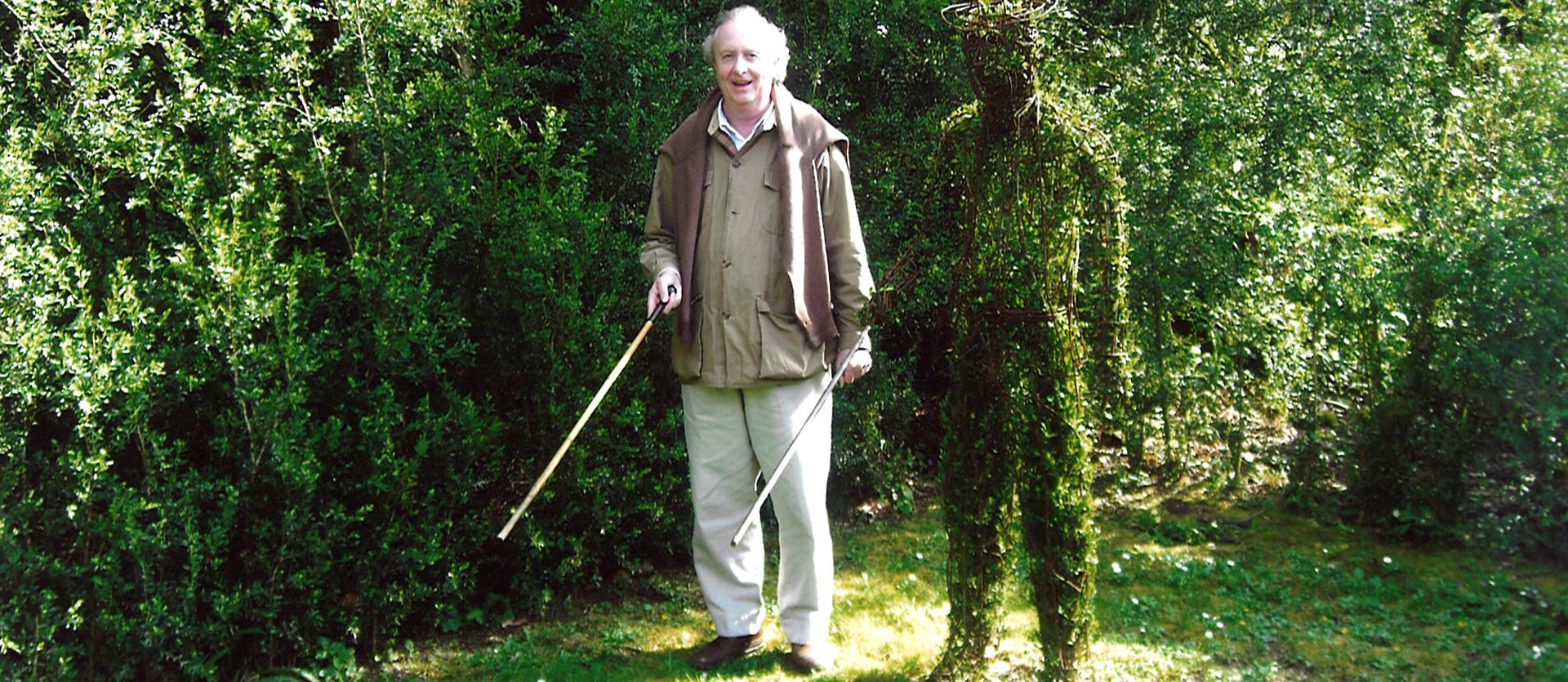
Your content goes here. Edit or remove this text inline or in the module content settings. You can also style every aspect of this content in the module Design settings and even apply custom CSS to this text in the module Advanced settings.